3T-Road Diet
Road diets can be used to address safety concerns with four-lane undivided highway associated with relatively high crash rates as traffic volume increase and as the inside lane is shared by high-speed and left-turning vehicles. The reduction of lanes allows the roadway cross section to be reallocated for other uses such as bike lanes, pedestrian refuge islands or parking.
Description The purpose of this course is to provide information on the most common road diet involving converting an existing four-lane undivided roadway segment to ta three-lane segment consisting of two through lanes and center two-way, left-turn lane (TWLTL). Road diets can be used to address safety concerns with four-lane undivided highway associated with relatively high crash rates as traffic volume increase and as the inside lane is shared by high-speed and left-turning vehicles. The reduction of lanes allows the roadway cross section to be reallocated for other uses such as bike lanes, pedestrian refuge islands or parking.
The benefits of road diets include improved safety, traffic calming and the opportunity to repurpose segments of the roadway to create on-street parking, bike lanes or transit stops. Based on the history of safety studies, designers can expect a crash reduction of 19 to 47 percent after installing a road diet. Variables include pre-installation crash history, installation details and the urban or rural nature of the corridor.
When planning for or designing a road diet, it is important to be aware of the opportunities and potential drawbacks that one type of treatment may have on other travel modes. When deciding whether a particular element tis appropriate for an individual street, or whether a road diet in general is appropriate, the surrounding context should be taken into consideration, including the extended roadway network.
Designers must make a number of operational decisions as well, including cross-section allocations, pedestrian accommodations, signalization changes, transition points and pavement marking and signing. As with any roadway treatment, data analysis and engineering judgment are required to determine whether a road diet is the most appropriate alternative in a given situation.
Once implemented, it is important to evaluate the effectiveness of the road diet. This typically occurs through studying pre-and post-installation crash data, operation speeds and operational level of service.
In conclusion, a road diet can be a low-cost safety solution when the installation is coordinated with schedule pavement marking modifications or planned in conjunction with reconstruction or simple overlay projects.
Course Outline:-
The Road Diet course provides the definition and background information of road diets. It addresses safety concerns. It also provides a history of road diets and safety evaluations. It provides reasons to consider a road diet and covers road diet feasibility determination. Safety factors and operations factors are discussed. It also addresses how to determine if a road diet is effective.
The course is designed to provide a basic knowledge of road diets. A road diet, also called a lane reduction or road rechannelization, is a technique in transportation planning whereby the number of travel lanes and/or effective width of the road is reduced in order to achieve systemic improvements.
A roadway reconfiguration know as a road diet offers several high-value improvements at a low cost when applied to traditional four-lane undivided highways. In addition to low cost, the primary benefits of a road diet include enhance safety, mobility and access for all road users and a “complete streets” environment to accommodate a variety of transportation modes.
A classic road diet typically involves converting an existing four-lane, undivided roadway segment to a three-lane segment consisting of two through lanes and a enter, two-way left turn lane.
As more communities desire “complete streets” and more livable spaces, they look to agencies to find opportunities to better integrate pedestrian and bicycle facilities and transit options along their corridors. When a road diet is planned in conjunction with reconstruction or simple overlay projects, the safety and operational benefits are achieved essentially for the cost of restriping. A road diet is a log-cost solution that addresses safety concerns and benefits all road users – a win-win for quality of life. .
| Learning Objectives | Objectives
|
|---|---|
| Contact Hours | 3 Horas |
| CIAPR courses | CURSO TECHNICO |
| Instructor | Debra Kennaugh, P.E. |
| Devices | Desktop, Tablet, Mobile |
| Language | English |
Custom Tab Content
At vero eos et accusamus et iusto odio dignissimos ducimus qui blanditiis praesentium voluptatum deleniti atque corrupti quos dolores et quas molestias excepturi sint occaecati cupiditate non provident,
- Similique sunt in culpa qui officia deserunt mollitia animi.
- Nam libero tempore cum soluta nobis est.
- Itaque earum rerum hic tenetur a sapiente delectus ut aut reiciendis.
Custom Tab Content
Sed ut perspiciatis unde omnis iste natus error sit voluptatem accusantium doloremque laudantium, totam rem aperiam, eaque ipsa quae ab illo inventore veritatis et quasi architecto beatae vitae dicta sunt explicabo.
Nemo enim ipsam voluptatem quia voluptas sit aspernatur aut odit aut fugit, sed quia consequuntur magni dolores eos qui ratione voluptatem sequi nesciunt.



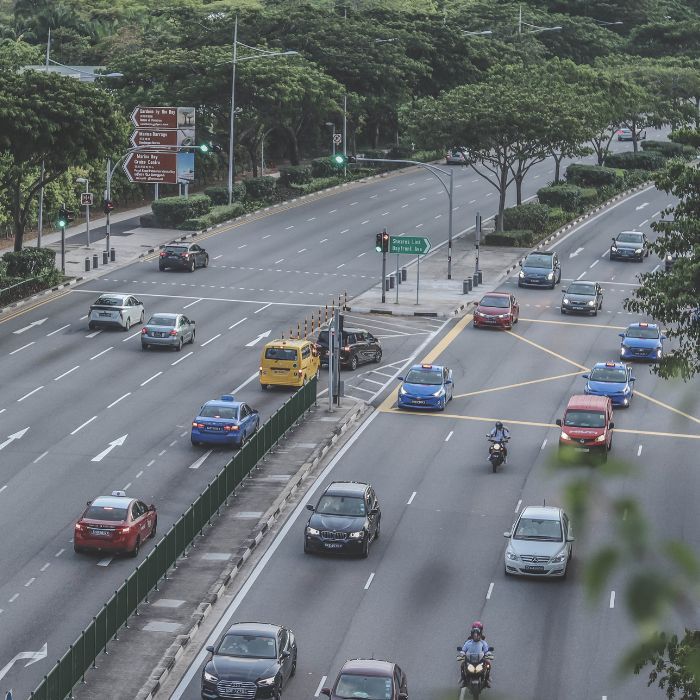
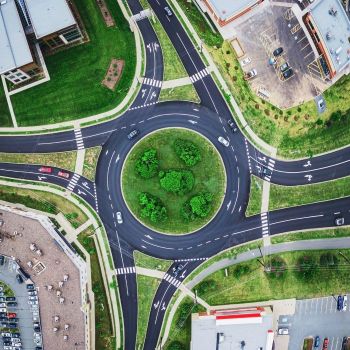


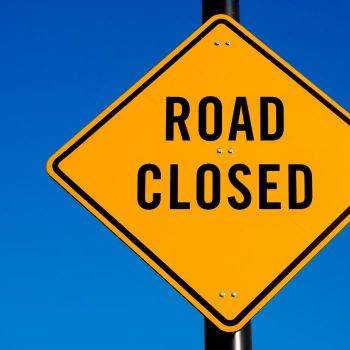

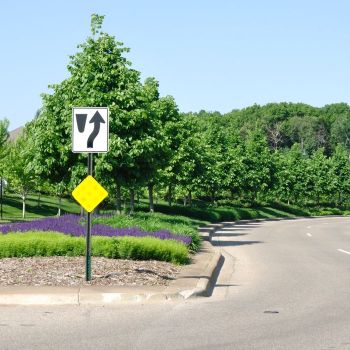


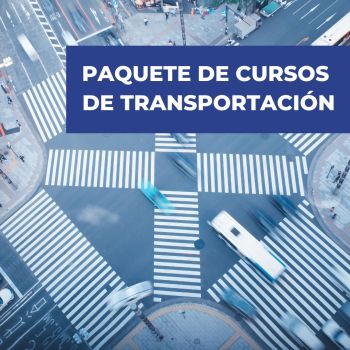
Validate your login
Sign In
Create New Account